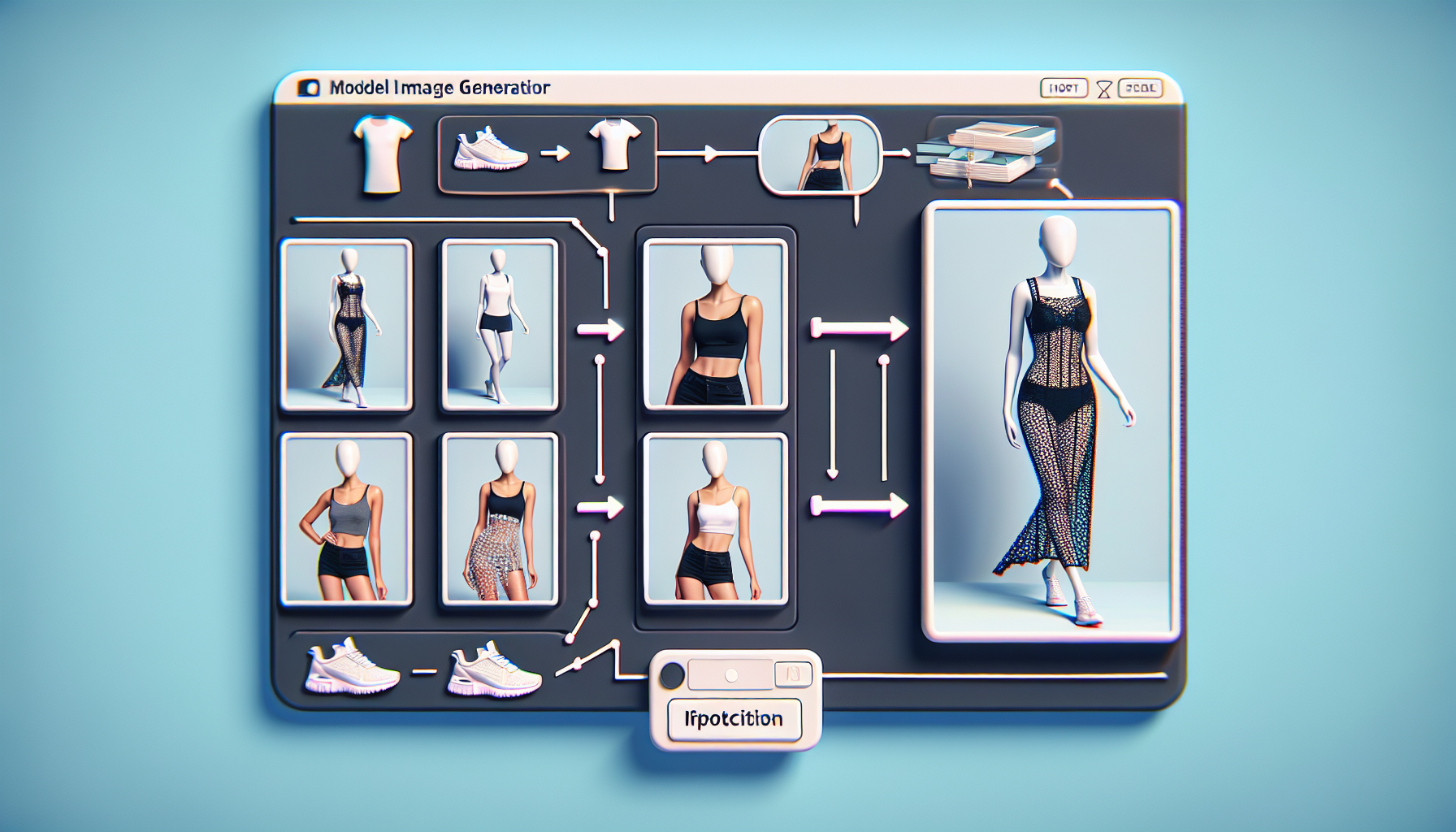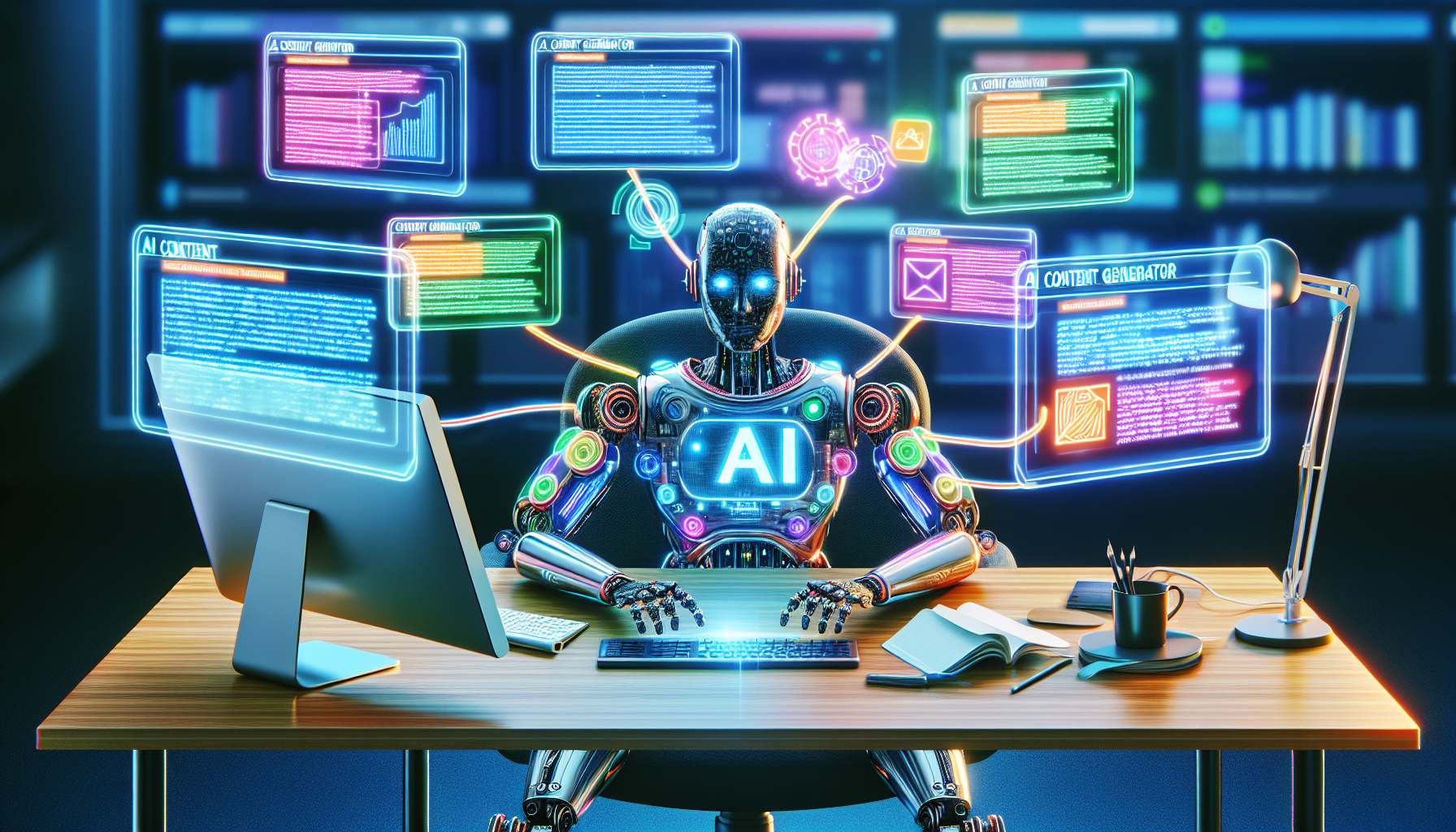In recent years, the intersection of technology and fashion has seen rapid advancements, particularly with the rise of AI-driven innovations. Among these, AI model image generators have stood out as a revolutionary tool for brands and designers seeking to present their products in dynamic and realistic ways. One of the most intriguing developments in this sphere is Vmake AI's ability to transform flatlay product images into realistic on-model photos, as covered by TrendHunter.com.
Flatlay photography has long been a staple in the e-commerce realm, offering a clean and effective way to display products. However, flatlay images often lack the dynamic appeal and context that on-model photography provides. Vmake AI bridges this gap, offering a state-of-the-art solution that not only enhances aesthetic appeal but also maximizes consumer engagement.
How AI Image Generators Work
AI image generators utilize sophisticated algorithms that process and interpret visual data to create new images. These models are trained on vast datasets, enabling them to understand various elements such as lighting, texture, and composition. Through this, they can generate highly realistic images that mimic real-life photography setups.
Vmake AI operates on similar principles but with a specialized focus. The AI system can analyze flatlay product images, identify key visual elements, and then accurately overlay them onto model photographs. This process involves complex computations where the AI considers angles, lighting discrepancies, and even fabric movement to ensure the augmented image appears seamless.
Beyond static images, some advanced systems incorporate machine learning techniques that allow continuous improvements in quality and relevance. As more data is fed into these models, they become smarter and more adept at producing lifelike renderings, thus closing the gap between digital creation and real-world photography.
The Benefits of Vmake AI
For businesses, especially smaller brands or startups with limited budgets, Vmake AI presents an economically viable alternative to traditional photo shoots. Traditional on-model photography requires hiring models, makeup artists, photographers, and renting studio time—all of which can be costly. By contrast, using AI to generate on-model photos significantly reduces these expenses.
Moreover, Vmake AI provides unmatched flexibility and speed. Brands can quickly convert multiple flatlay images into on-model shots without the logistical constraints of organizing a shoot. This agility allows for faster updates to online catalogs, keeping up with rapidly changing fashion trends and customer demands.
Another significant advantage is the personalization capability. Brands can easily tailor images to reflect diverse demographics, ensuring inclusivity and wider consumer appeal. This can be particularly beneficial for brands looking to target specific markets or adapt to cultural nuances.
Challenges and Ethical Considerations
Despite its advantages, the use of AI in fashion imagery is not without challenges. One primary concern is maintaining the authenticity and integrity of brand representation. There is a risk that overreliance on AI-generated images might lead to a disconnection from the brand’s true aesthetic or values, potentially misleading consumers.
Additionally, ethical considerations arise regarding the use of synthesized imagery, including issues related to privacy and consent, particularly if AI systems are trained using images of individuals without permission. Transparency regarding the use of AI in product marketing is critical to mitigate these concerns.
Brands also face the challenge of ensuring that their AI-generated images remain culturally sensitive and avoid perpetuating stereotypes or biases inherent in training datasets. Active measures need to be taken to audit and adjust these systems regularly.
Future of AI in Fashion Photography
As AI technology continues to evolve, its role in fashion photography is expected to expand significantly. Future advancements could include real-time customization options for consumers, allowing them to visualize products on models resembling themselves before making a purchase decision. This could revolutionize the online shopping experience by providing a more personalized approach.
Moreover, AI could assist in creating entirely virtual fashion shows or interactive online experiences where consumers can engage with products in immersive environments. Such innovations have the potential to broaden access to high-fashion experiences and democratize the industry.
Continued integration of AI into fashion will likely prompt deeper collaborations across technology, design, and consumer sectors, pushing the boundaries of creativity and efficiency while driving substantial economic benefits.
In conclusion, Vmake AI's transformation of flatlay product images into realistic on-model photos represents a significant step forward in utilizing artificial intelligence within fashion. By offering cost-effective, flexible, and customizable solutions, AI empowers brands to enhance their visual strategies and connect with audiences more effectively.
However, as with all technological advancements, it is essential to navigate the challenges and ethical considerations thoughtfully. Ensuring transparency, authenticity, and inclusivity will be crucial for brands adopting AI technologies. As we look toward the future, AI-generated imagery holds promising potential to redefine fashion photography, driving innovation and expanding creative possibilities in the industry.





 FR
FR
 ES
ES
